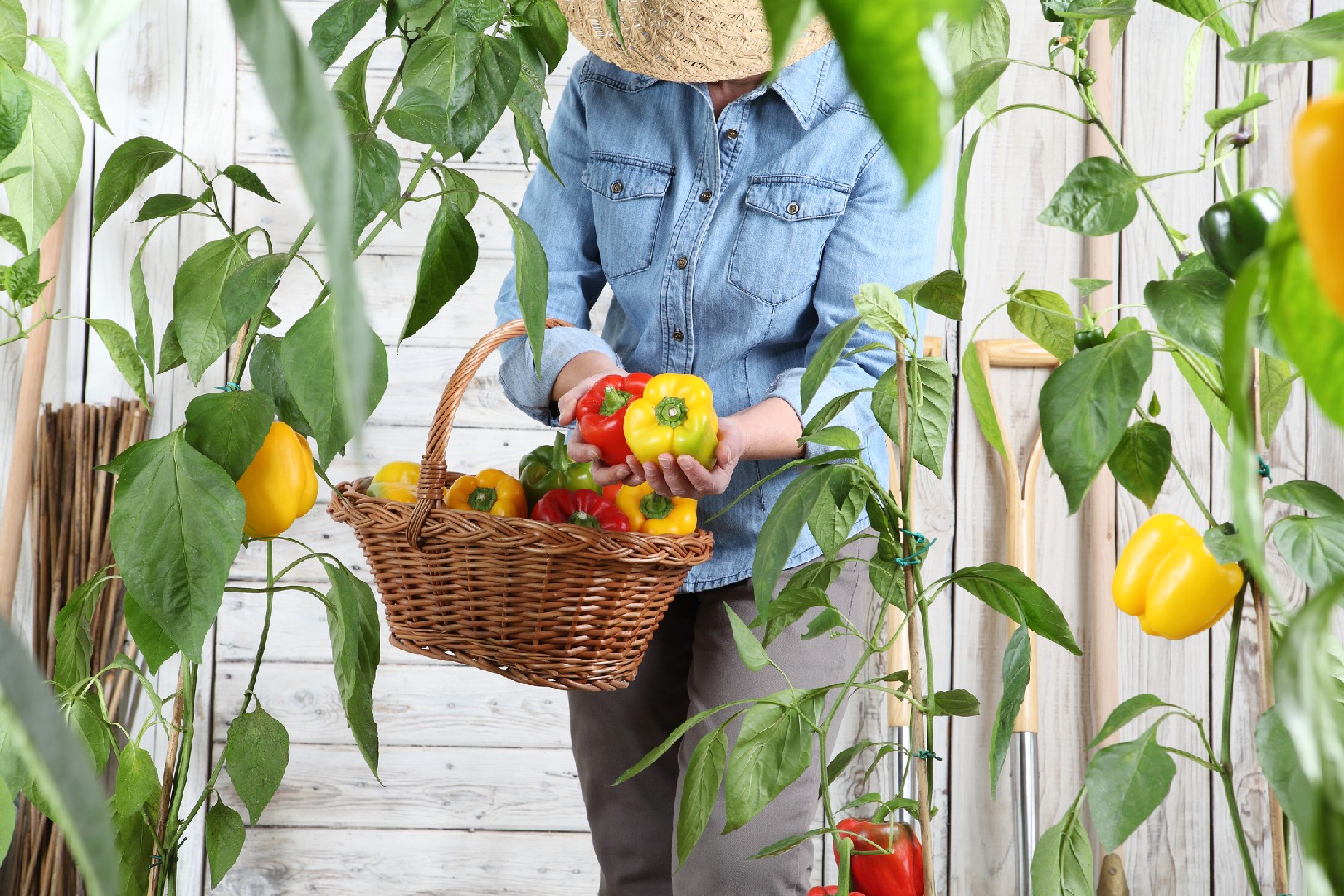![Rectangle]()
The Making of a Vertical Edible Garden: A Step-by-Step Guide
Vertical gardening is a delightful and practical way to bring fresh produce into your life, no matter the space constraints. Whether you live in a small apartment or a suburban home, you can create a flourishing vertical garden that not only adds beauty to your space but also provides you with an abundant supply of flavorful herbs, vegetables, and fruits. In this step-by-step guide, we will explore the process of setting up a vertical edible garden, from choosing the right location to troubleshooting common issues.
Starting with the right setup is crucial for the success of your vertical garden. There are various options available to you, depending on your preferences and resources. You can join a community vertical garden project in your area, where you can collaborate with fellow gardening enthusiasts, share resources, and collectively maintain the garden. This is a wonderful way to learn from experienced gardeners and build a sense of community around your love for gardening.
If you prefer a more self-contained approach, you can opt for at-home vertical garden kits. These kits usually come with everything you need to get started, including pots, trellises, and a variety of plant seeds. They are designed to be easy to assemble and maintain, making them perfect for beginners or those who have limited gardening experience.
For the DIY enthusiasts, designing and building your own vertical garden can be a rewarding project. You can repurpose old wooden pallets, recycle plastic bottles, or construct your own frame using wire mesh. This approach allows you to customize your vertical garden to your specific needs and aesthetic preferences.
Once you have determined the setup that works best for you, it's time to move on to the detailed process of setting up your vertical garden. The first step is to choose the right location. Most edible plants require at least six hours of direct sunlight, so find a spot that receives adequate sunlight throughout the day. If you have limited access to natural light, you can supplement it with grow lights.
Next, prepare your growing medium. Ideally, it should be a mix of topsoil, compost, and organic matter to ensure healthy plant growth. Fill your pots or containers with the growing medium and plant your chosen seeds or seedlings. Remember to leave enough space between each plant to allow for proper air circulation and growth.
Regular watering is essential for the health of your vertical garden. Take care not to overwater, as excess moisture can lead to root rot. Use a watering can or a drip irrigation system to ensure even and consistent moisture for your plants.
As your plants grow, prune them regularly to encourage bushier growth and prevent overcrowding. Harvest your crops when they are fully ripe and enjoy the fruits of your labor.
Despite your best efforts, you may encounter some common issues in vertical gardening. For instance, if your plants are not thriving, it could be due to a nutrient deficiency. In that case, you can use organic fertilizers to replenish the nutrients in the soil. Pest infestations are another common problem. To deter pests, you can plant companion plants that repel insects or use organic pest control methods.
Creating a vertical edible garden is an enjoyable journey that allows you to connect with nature, learn new skills, and savor the fresh flavors of your harvest. With the right setup, proper maintenance, and a little bit of patience, you can transform your space into a lush oasis of taste and beauty.





